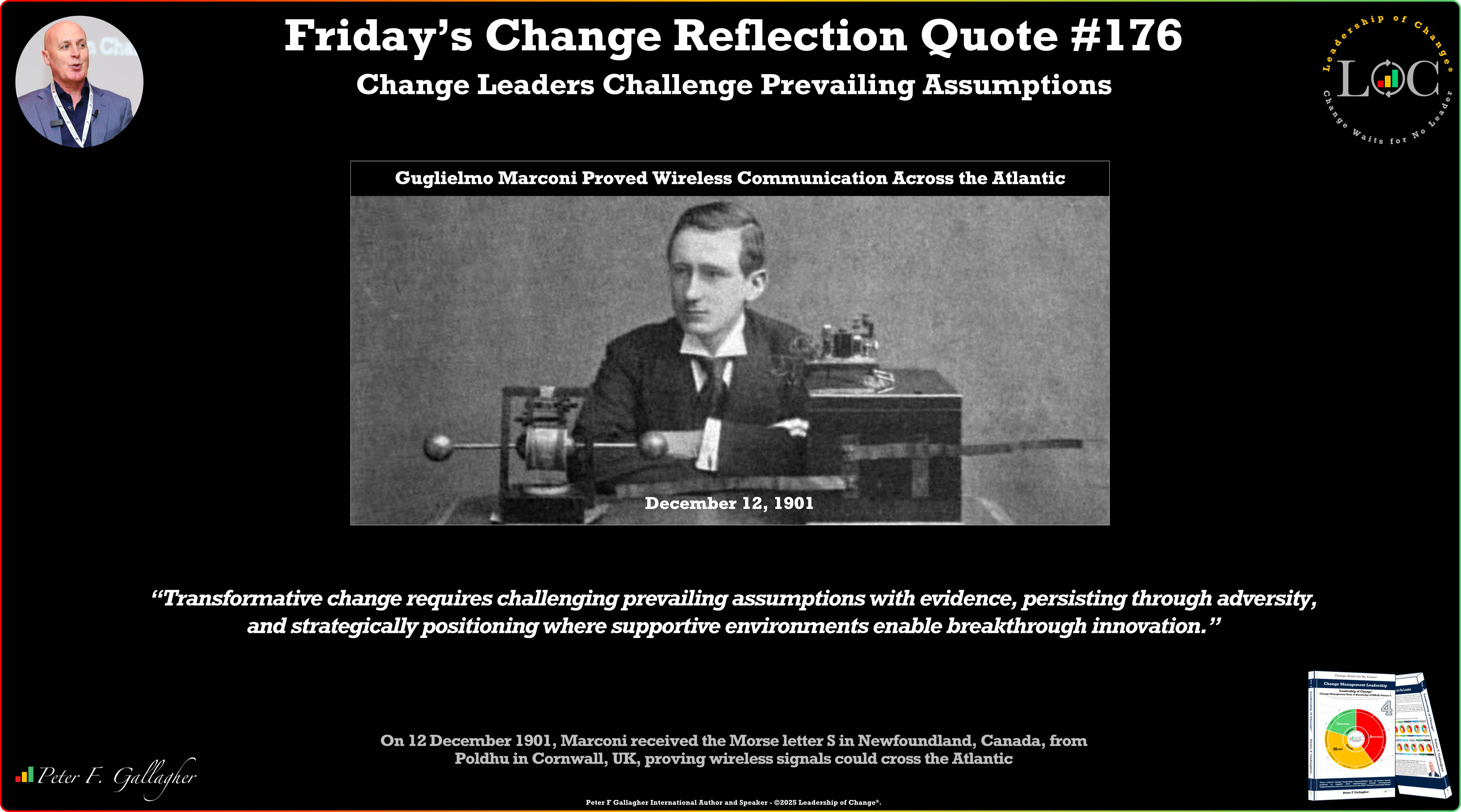Jan20

In the quest for sustained competitive advantage, businesses often focus on excelling in one standout feature—product design, customer service, or innovative marketing. However, Michael Porter, the celebrated authority on competitive strategy, offers a profound insight: your true competitive edge lies not in a single activity but in the integration and interdependence of your entire business system.
Porter’s argument can be illustrated mathematically. Copying one activity of a competitor’s business model might seem straightforward, with a high success rate—say, 80%. However, when a business’s advantage stems from multiple interconnected activities, the likelihood of replicating the entire system diminishes drastically.
Consider a business system with five interdependent activities. The odds of copying all five successfully would look like this:
80% × 80% × 80% × 80% × 80% = 32%.
As the number of interdependencies grows, the probability of successful imitation plummets. This integration creates a unique, almost impenetrable fortress of competitive advantage. Competitors often fail not because a single activity is inherently challenging to copy but because the system’s synergy is nearly impossible to replicate.
Competitors often underestimate the systemic complexity that underpins a successful business model. Here are the primary reasons they falter:
Apple’s competitive edge offers a textbook example of Porter’s principles. While competitors may imitate Apple’s premium hardware, they fail to replicate the user experience. Apple’s success stems from the seamless integration of hardware, software, retail, and customer service. These interconnected elements create a cohesive ecosystem that competitors can’t untangle or duplicate.
For example:
Competitors copying one component—say, premium hardware—fail to achieve the same outcomes because they lack the synergy between software, retail, and service.
Michael Porter emphasizes that businesses must deliberately design their systems to maximize interdependence and make imitation costly and inefficient. Here’s how:
Success rarely stems from excelling in a single dimension in today's competitive landscape. The real power lies in how your business system works together as a cohesive whole. Michael Porter’s insight underscores the importance of designing an interconnected activity system that is as difficult to replicate as it is valuable to customers.
Your competitive advantage isn’t just a product of what you do; it’s a result of how everything you do fits together.
Visualise Solutions is a boutique strategy consultancy firm based in Leicestershire, UK. Transform your business with our strategic advisory services, focusing on innovation, strategy formulation, and execution. Utilise our expertise in strategy, business model innovation, OKRs, and balanced scorecards.
You can learn more about us by contacting us now.
By Andrew Constable MBA, XPP, BSMP
Keywords: Business Strategy, Innovation, Leadership
 Data Isn’t the Problem. Alignment Is.
Data Isn’t the Problem. Alignment Is. Friday’s Change Reflection Quote - Leadership of Change - Change Leaders Challenge Prevailing Assumptions
Friday’s Change Reflection Quote - Leadership of Change - Change Leaders Challenge Prevailing Assumptions The Corix Partners Friday Reading List - December 12, 2025
The Corix Partners Friday Reading List - December 12, 2025 Measuring the True ROI of Automated Claims Processes: Beyond Speed and Cost
Measuring the True ROI of Automated Claims Processes: Beyond Speed and Cost The New Silicon Frontier: Specialization and the Diverse Landscape of AI Chips
The New Silicon Frontier: Specialization and the Diverse Landscape of AI Chips